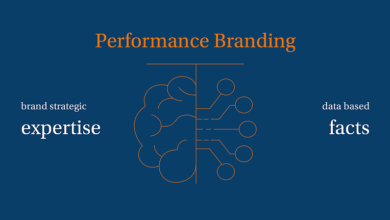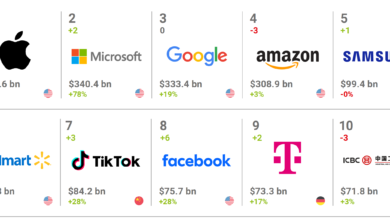Brand data analysis
Brand data analysis involves evaluating and interpreting data related to a brand’s performance, reputation, and market presence. This can include various metrics and insights, such as brand value, market share, customer perception, sales figures, and growth trends. Here’s how brand data analysis is typically approached:
1. Data Collection:
Market Research: Gather data from surveys, social media, customer reviews, and industry reports.
Sales Data: Analyze sales figures, revenue, and profit margins.
Competitor Analysis: Compare the brand’s performance against competitors in the same industry.
Customer Feedback: Collect data from customer satisfaction surveys, Net Promoter Scores (NPS), and online reviews.
2. Key Metrics to Analyze:
Brand Value: The financial worth of the brand, often evaluated by third-party agencies like Interbrand or Forbes.
Market Share: The percentage of total sales in the market that the brand holds.
Customer Loyalty: Measured through repeat purchases, customer retention rates, and loyalty programs.
Brand Awareness: How well-known the brand is among the target audience.
Sentiment Analysis: Evaluate customer sentiment through social media and review analysis to gauge the brand’s reputation.
-

What is brand value, how to value and analyze?
Brand Value: An Overview 1. Definition of Brand Value: Brand value refers to the financial worth and intangible benefits a…
Read More » -

MEDI-PROCARE mini 4-wheel electric vehicle – Providing the most effective, optimal and safest mobility solution for the elderly and disabled
MEDI-PROCARE Mini 4-Wheel Electric Vehicle: The Ultimate Mobility Solution for the Elderly and Disabled In the realm of mobility solutions,…
Read More » -

Brand performance, in-depth definition and methods of analysis, evaluation, and data collection for optimal efficiency
Brand performance refers to how well a brand achieves its strategic objectives and delivers value to its stakeholders. It encompasses…
Read More » -

Brand sentiment, definition and methods of analysis, data collection for optimal efficiency
Brand sentiment refers to the emotional tone or attitude that consumers express toward a brand. It reflects how people feel…
Read More » -

Brand customer loyalty, definition and methods of analysis, data collection for optimal efficiency
Brand customer loyalty refers to the extent to which customers consistently choose a particular brand over competitors, exhibit repeat purchasing…
Read More » -

Brand market share, definition and methods of analysis, data collection for brands
Brand market share is a metric that indicates the percentage of total sales or revenue within a specific market or…
Read More » -

Brand awareness, definition and methods of analysis and data collection
Brand awareness refers to the extent to which consumers are familiar with and can recognize or recall a brand. It…
Read More » -

Brand value, definition and method of brand value analysis
Brand value refers to the monetary worth of a brand, representing its ability to generate future earnings and contribute to…
Read More » -

Top 10 world brands, best global brands 2024
In the rapidly evolving global market of 2024, the rankings of the most valuable brands are a reflection of innovation,…
Read More »

